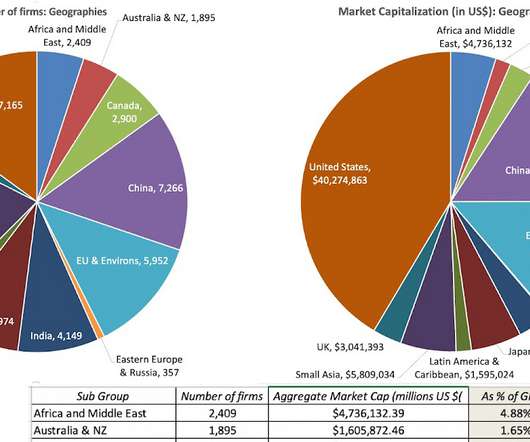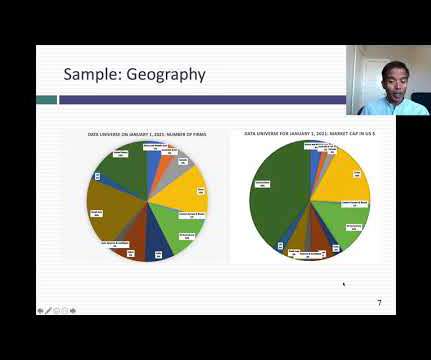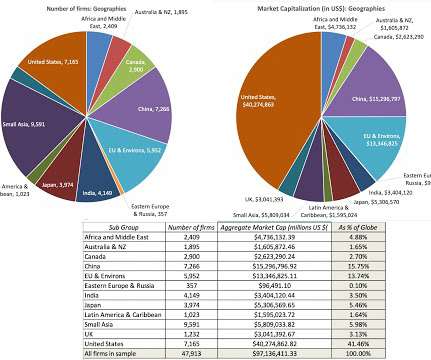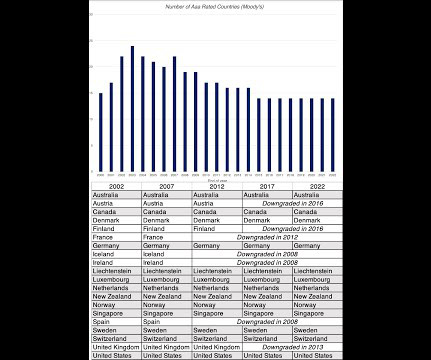Data Update 1 for 2024: The data speaks, but what does it say?
Musings on Markets
JANUARY 5, 2024
That year, I computed these industry-level statistics for five variables that I found myself using repeatedly in my valuations, and once I had them, I could not think of a good reason to keep them secret. After all, I had no plans on becoming a data service, and making them available to others cost me absolutely nothing. Beta & Risk 1.














Let's personalize your content